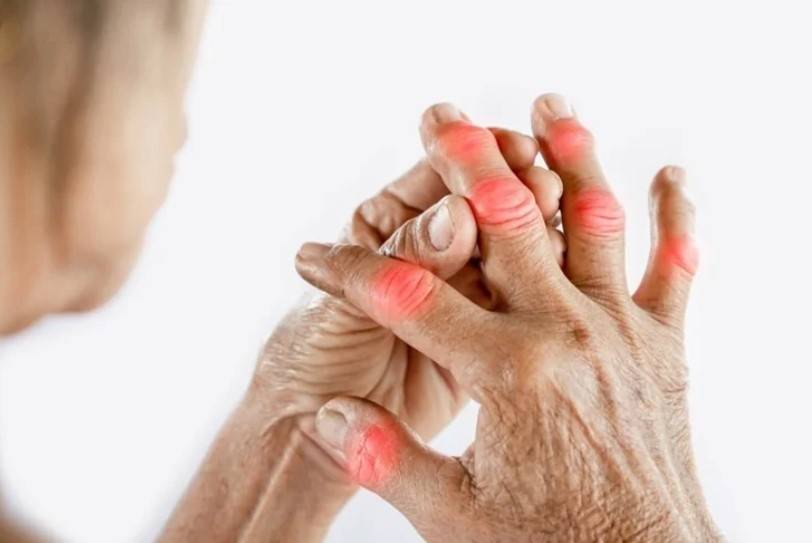
The swelling and tenderness of the joints in our body are known as arthritis. Arthritis causes joints to stiffen which leads to pain during movement, redness and decreased range of motion. The most common causes of arthritis are osteoarthritis (arthritis caused by wear and tear damage to a joint’s cartilage) and rheumatoid arthritis (arthritis caused by the body’s immune system attacking the lining of the joint which leads to inflammation and swelling).
Although arthritis is not caused by cold weather, however, cold weather certainly exacerbates the pains and aches associated with arthritis. According to a Rheumatology expert, "When the weather gets cooler, the synovial fluid that acts like motor oil in our joints becomes more like sludge." Therefore, cold weather can heighten pain sensitivity, cause muscle spasms, and slow blood circulation.
10 Tips and Home Remedies to Manage Arthritis in Winter
Exercise- The best way to reduce pain caused by arthritis and keep your joints happy is regular exercise. Regular exercising releases dopamine and other feel-good hormones that help ease pain and exercise. It also boosts energy and increases the strength and flexibility of our joints. It is recommended to start with slow and short bouts of activity and to build your strength and stamina from there.
Healthy diet- Eating healthy is not only good for your arthritis but also for the rest of your body. Eating food that helps you maintain the right weight for your age and height and also reduces unnecessary pressure on your joints. Make sure that your diet involves food that is rich in unsaturated fats, includes- fish, pulses, fresh fruits and vegetables, nuts, and olive oil, is rich in omega-3 fatty acids, and is also rich in calcium. You should avoid foods that have saturated fats, high amounts of purines, sugar, and fat.
Finger, hand, or wrist splints- If you are suffering from a bad arthritis flare-up because of the cold weather then resting splints for your joints can give some relief by immobilizing the joints and giving them some time to rest.
Lose weight- Weight tends to put undue strain and pressure on weight-bearing joints such as the spine, hips, feet, and ankles. Therefore, losing some weight can ease the symptoms of arthritis. In an effort to lose weight do not push yourself too much. Neither exercise too vigorously nor completely stay off of food. Take baby steps.
Have a good night’s sleep- While we sleep, the cells and tissues in our body repair themselves. Therefore, sleeping helps us cope with the pain and stress caused by arthritis. To ensure a good night’s sleep, follow a bedtime routine every night and do not look at a screen for at least 15 to 30 minutes before going to sleep. Try to use pillows to take some pressure off painful joints or visit a doctor if you have trouble sleeping every night.
Take vitamin D supplements- Vitamin D deficiency is linked with frequent arthritis pain. This is because vitamin D deficiency contributes to bone loss. Do some blood tests in order to determine whether you are suffering from a vitamin D deficiency and ask your doctor for recommendations.
Hot therapy- Use hot therapy treatments such as having a warm shower or using a moist heating pad to help relieve arthritis pain and inflammation in winter.
Have some turmeric- In India, turmeric is considered a superfood because of its anti-inflammation and anti-bacterial properties. Turmeric is rich in a chemical compound known as curcumin which has antioxidant and anti-inflammatory properties that can reduce arthritis pain and inflammation.
Full body massage- Massages help relieve the tension and stress stored in our muscles and joints. Seek a massage therapist that has experience working with arthritis patients because they can help manage joint pain and discomfort.
Eat more Vitamin C- Start consuming more vitamin C. Vitamin C or ascorbic acid promotes the production of collagen in our body and collagen helps to make connective tissues stronger and more resilient.
















